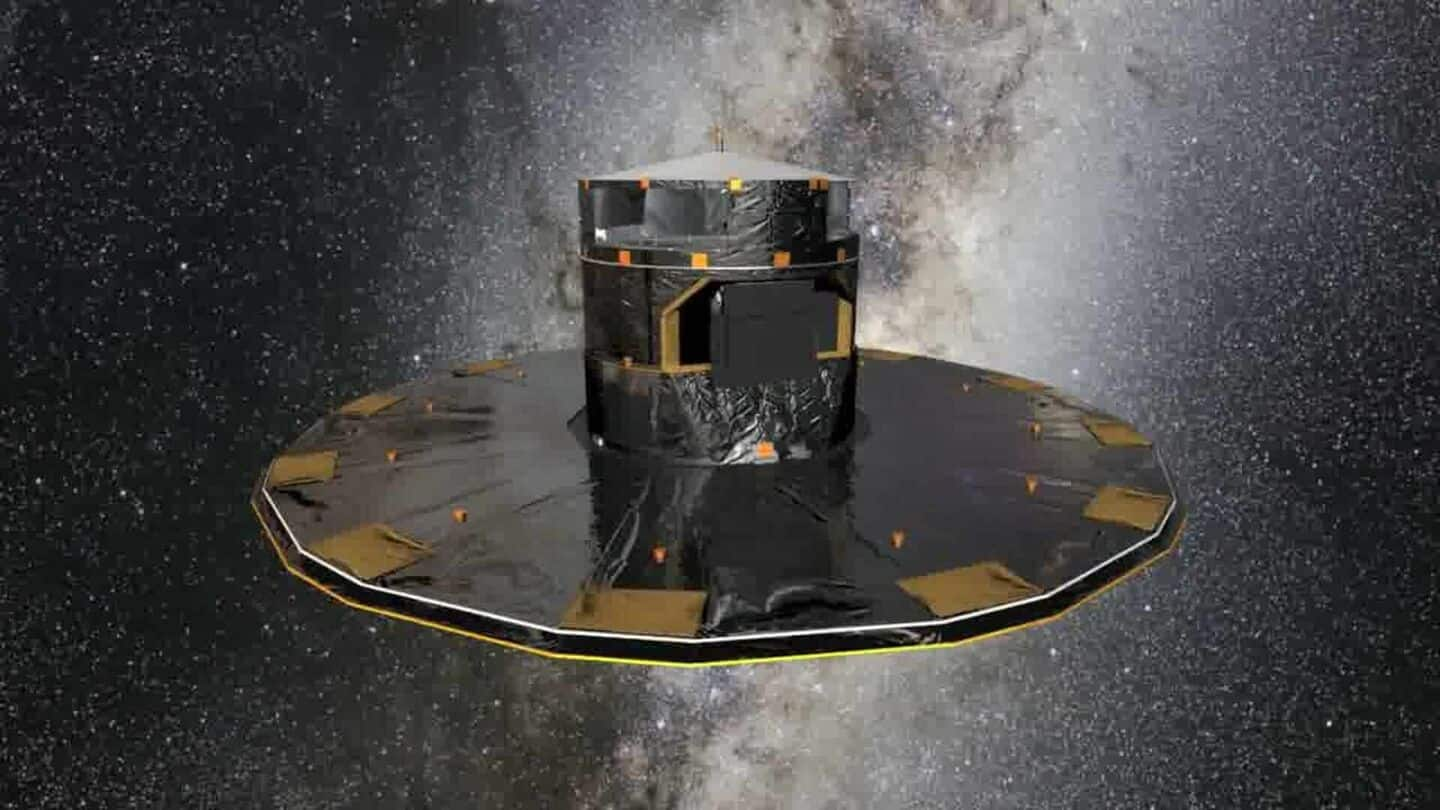
ESA's Gaia space telescope retires—A look at its key milestones
What's the story
The European Space Agency (ESA) has deactivated the Gaia space telescope, bringing an end to its 12-year-long mission of studying our galaxy.
On March 27, ESA's European Space Operations Center team carefully powered down the subsystems of Gaia and placed it into a "retirement orbit" around the Sun.
Launched in 2013, Gaia revolutionized our perception of the universe by precisely mapping the positions, distances, motions, and properties of nearly two billion stars and other celestial objects.
Purpose
It created a 3D map of our galaxy
Gaia created the largest and most detailed three-dimensional map of our galaxy, showing its structure and evolution like never before. The spacecraft also offered key insights into past galactic mergers, discovered new star clusters, and contributed to the discovery of exoplanets and black holes.
Data impact
A treasure trove for astrophysical research
Gaia Project Scientist Johannes Sahlmann stressed the importance of the data released by Gaia, calling it "a unique treasure trove for astrophysical research."
He added that these data releases impact almost all fields of astronomy.
The final Gaia legacy catalogs will be released no sooner than the end of 2030 and will continue to shape our scientific understanding of the cosmos for decades to come.
Decommissioning process
ESA's commitment to responsible spacecraft disposal
Having outlived its planned five-year lifespan, Gaia's fuel reserves are now nearly depleted.
The ESA team meticulously devised a strategy to responsibly dispose of the spacecraft, in line with their commitment to ethical mission disposal.
They aimed to prevent Gaia from drifting back toward its previous location near the second Lagrange point (L2) of the sun-Earth system, and minimize possible interference with other missions in that area.
Deactivation
A carefully orchestrated farewell
On March 27, the Gaia control team carried out a series of deactivation activities.
The spacecraft was shifted away from L2 into a stable retirement orbit around the Sun, reducing its likelihood of coming within 10 million km of Earth for at least the next century.
The team's careful method included safely shutting down and deactivating each instrument and subsystem one by one, before deliberately corrupting its onboard software.
Future exploration
Gaia's legacy: A beacon for future space missions
Despite its silence, Gaia's contributions to astronomy shall continue to shape research for years to come.
Its massive data archive still serves as a valuable resource for scientists studying galactic archeology, stellar evolution, exoplanets, and more.
The data from Gaia will be utilized by ESA's Euclid spacecraft and the upcoming Plato mission in their exploration of exoplanets around stars identified by Gaia.